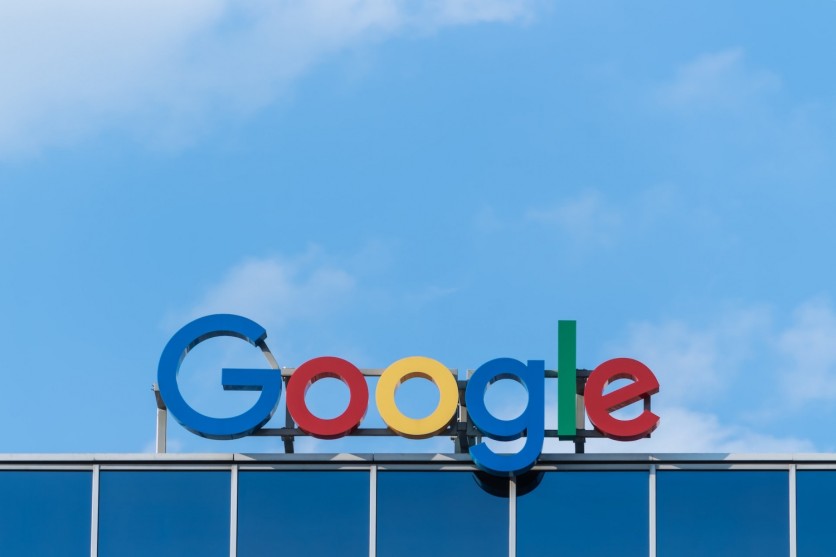
Google, a division of Alphabet, has released Bard, its conversational artificial intelligence (AI) chatbot tool that competes with ChatGPT.
On Tuesday, Mar. 21, a company blog post announced that users in the US and the UK may sign up for a waitlist. While new users will be added on a rolling basis. In an effort to catch up to OpenAI, Google has developed a new AI system called Bard.
"Bard is here to help people boost their productivity, accelerate their ideas, and to fuel their curiosity," Sissie Hsiao, Google's vice president of product for Bard, stated during a presentation with Bloomberg reporters ahead of its debut.
AI's Rising Popularity
The widespread release coincides with rising interest in generative AI in Silicon Valley. Such programs may be trained to generate content such as text, graphics, music, and video in response to input from the user.
Google has been a pioneer in this space and has been developing such systems for years, but they have mostly remained in the company's experimental stages until recently. The firm is now playing catch-up to OpenAI and its financial sponsor Microsoft, who have made their popular AI services more widely accessible to the public.
Microsoft recently included OpenAI's technology in Bing search, and the popularity of OpenAI's ChatGPT has spread worldwide since its introduction in November 2022.
Notable Disclaimer
Google's chatbot tool was dubbed an "early experiment" after allowing people to work together with generative AI technologies. Using LaMDA, a huge language model built in-house, Bard will be able to gather its replies from Google's "high-quality" information sources and provide the most up-to-date answers possible.
In keeping with the company's AI principles, Google built Bard. During presentations, a conspicuous disclaimer said, "Bard may display inaccurate or offensive information that doesn't represent Google's views."
A Chat With Bard
Similarly to Microsoft's new Bing service, people may have discussions with Bard using normal language as opposed to a rigid set of keywords.
It is said that people approach Bard for advice on achieving specific goals, such as reading more books this year, understanding quantum physics, or being creative by planning a blog post.
Via the announcement, Google paints a picture of a user experience comparable to yet distinct from that of Bing AI.
Engadget said the chatbot adds four options underneath each response: a thumbs up/down vote, a refresh arrow, and a "Google it" button. Further drafts may be seen by clicking the link that reads "View other drafts" in the upper right corner of the response.
Bing AI does not have them; instead, citations are included in the blank space underneath each answer.
Vice President of Google's research for Bard, Eli Collins, has said that, initially, Google would only let chats last for a certain amount of time due to safety concerns. He said that Google plans to gradually raise these boundaries over time, but the exact parameters of Bard's use are being kept secret for the time being.

![Apple Watch Series 10 [GPS 42mm]](https://d.techtimes.com/en/full/453899/apple-watch-series-10-gps-42mm.jpg?w=184&h=103&f=9fb3c2ea2db928c663d1d2eadbcb3e52)



